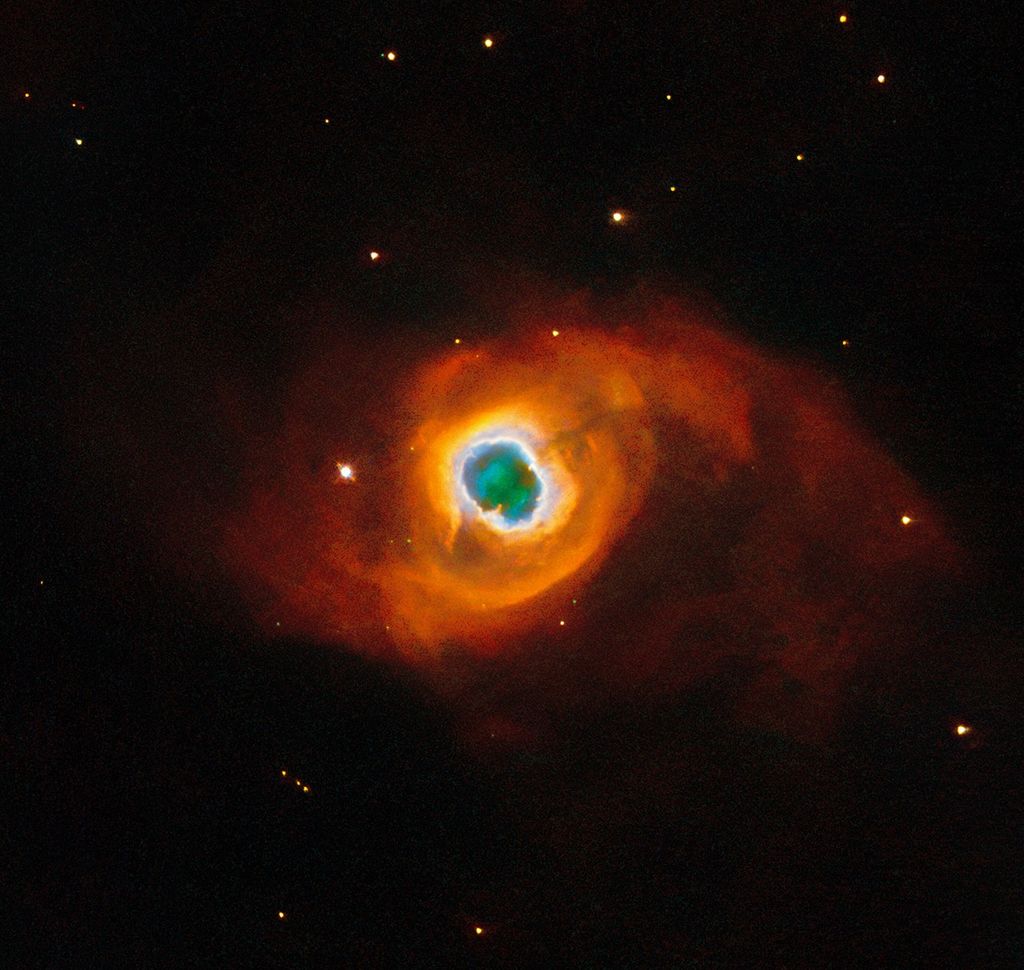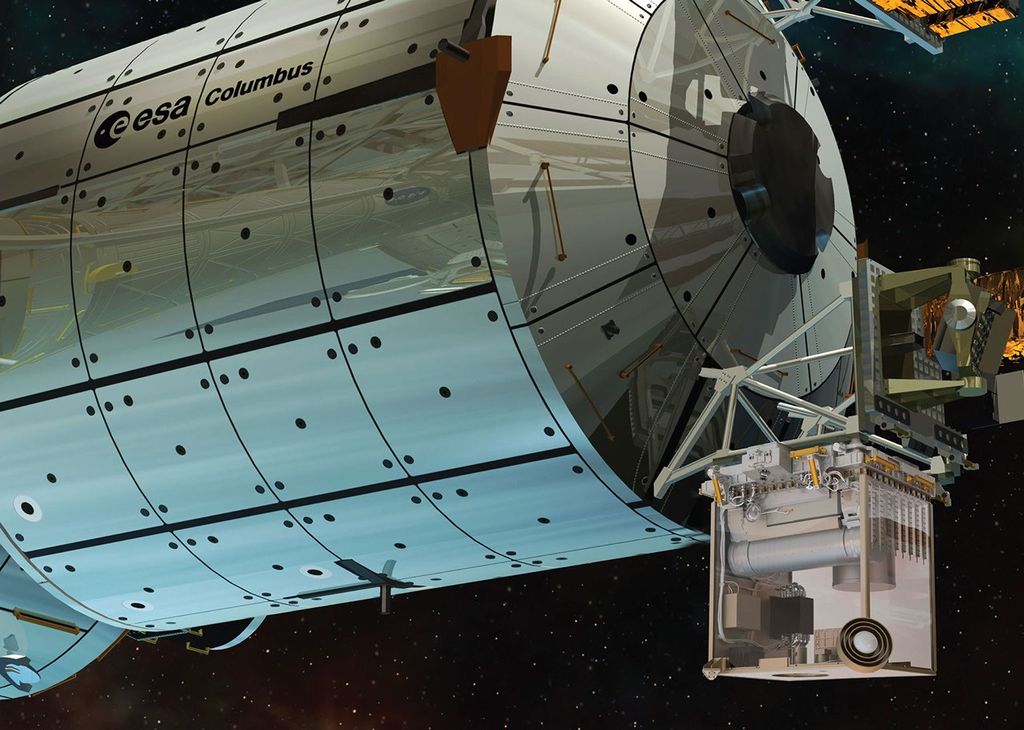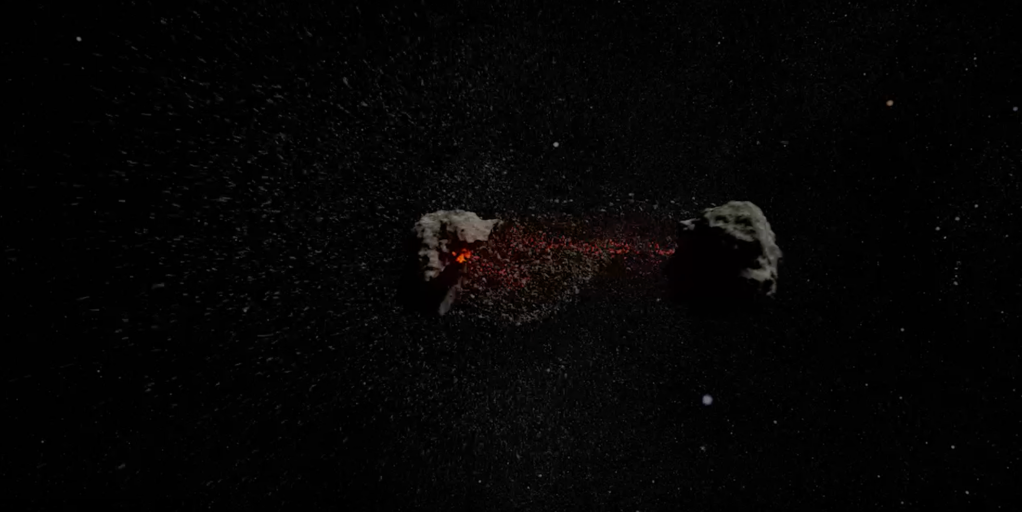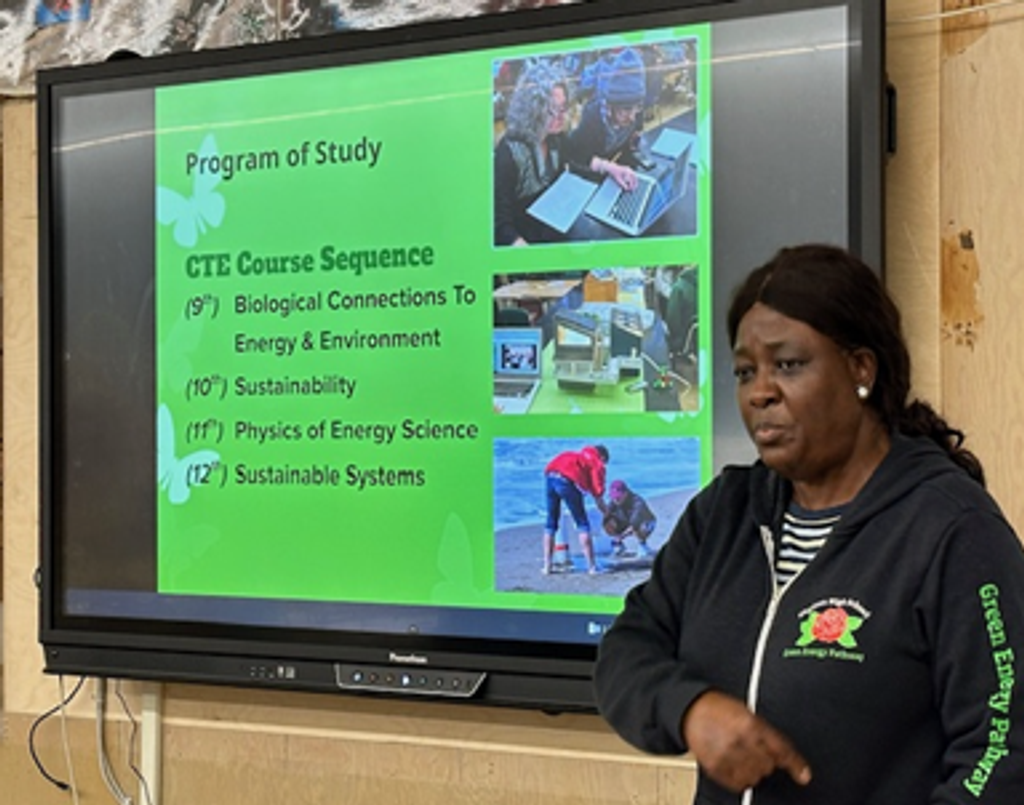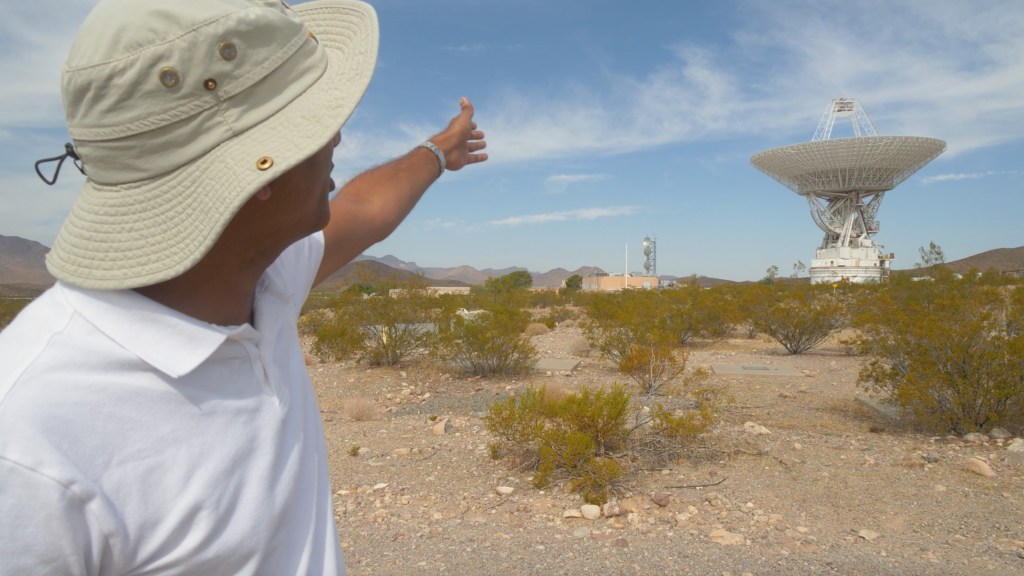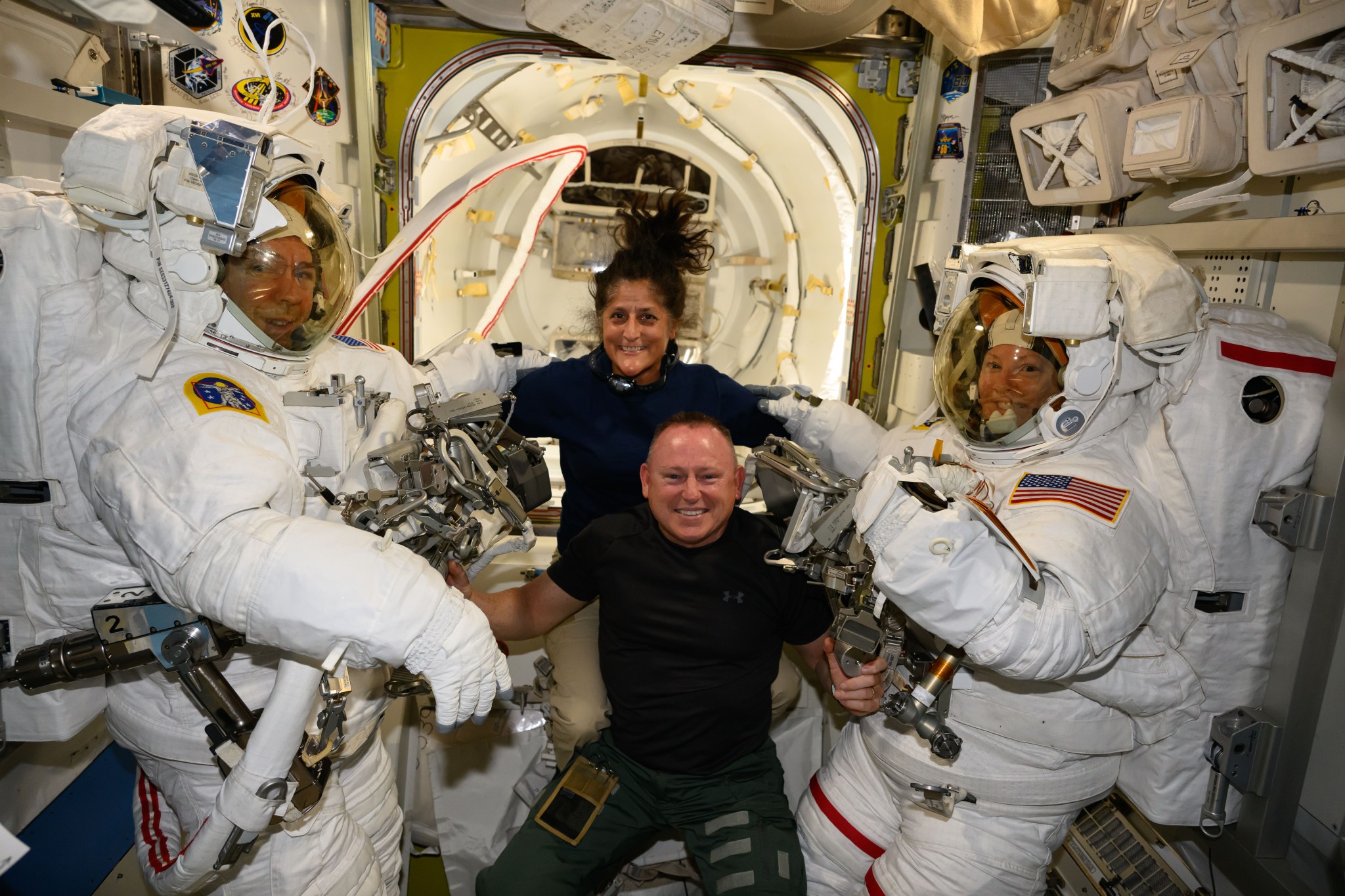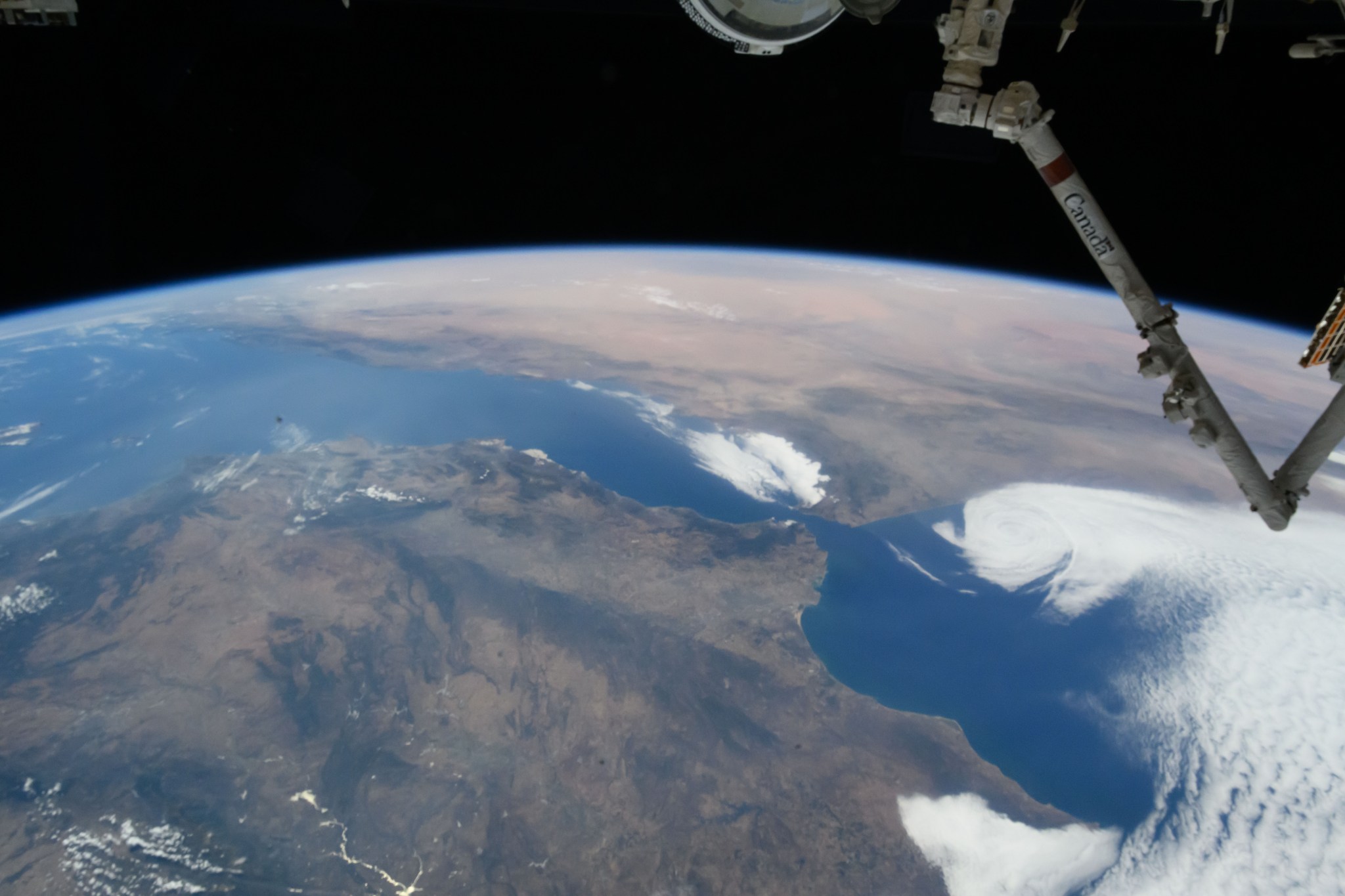Lee esta historia en español aquí.
Editor’s Note: This feature was updated on Aug. 30 to reflect a change in emergency return options for NASA astronauts Butch Wilmore and Suni Williams from the International Space Station.
Editor’s note: On Aug. 24, 2024, NASA announced that the Starliner spacecraft would return to Earth uncrewed, and that Butch Wilmore and Suni Williams would return to Earth as part of Crew 9 in February 2025. Read more about the Starliner decision.
NASA astronauts Butch Wilmore and Suni Williams arrived at the orbiting laboratory on June 6 aboard the Boeing Starliner after lifting off on June 5 from Space Launch Complex-41 at Cape Canaveral Space Force Station in Florida.
During Starliner’s flight to the space station, engineers noticed some of the spacecraft’s thrusters did not perform as expected and several leaks in Starliner’s helium system also were observed. Engineering teams at NASA and Boeing have since conducted several thruster tests and in-depth data reviews to better understand the spacecraft. While engineers work to resolve technical issues before Starliner’s return to Earth, the astronaut duo have been working with the Expedition 71 crew, performing scientific research and maintenance activities.
On Aug. 24, NASA decided Butch and Suni will remain aboard the space station instead of returning with the Starliner spacecraft. The agency’s commitment to safety drove the decision, and it allows NASA and Boeing to continue gathering Starliner performance data during its early September return, while also not accepting more risk than necessary for its crew. Butch and Suni now will integrate into the Expedition 71/72 crew and will return to Earth in February 2025 with the agency’s SpaceX Crew-9 mission.
Here are some frequently asked questions about their mission.
About the Mission
What is NASA’s Boeing Crew Flight Test?
NASA’s Boeing Crew Flight Test launched on June 5, and is the first flight of the Starliner spacecraft to the International Space Station with astronauts. The flight test aims to prove the system is ready for rotational missions to the space station. NASA wants two American spacecraft, in addition to the Roscosmos Soyuz spacecraft, capable of carrying astronauts to help ensure a permanent crew aboard the orbiting complex.
What are the goals of the Crew Flight Test?
This flight test’s goal is to demonstrate Starliner’s ability to execute a six-month rotational mission to the space station. The test objectives were developed to support NASA’s certification process and gather the performance data needed to evaluate readiness ahead of long-duration flights.
What happened to Starliner?
During Starliner’s flight to the space station, some of the spacecraft’s thrusters did not perform as expected and several leaks in Starliner’s helium system were observed. Since then, NASA and Boeing have taken additional time to learn more about the spacecraft through in-flight and ground testing and extensive data analysis before making the best, safest decision on how and when to return the crew home. This analysis included processes and organizations established as a result of the space shuttle Columbia accident.
Why did NASA decide to return Starliner without astronauts aboard the spacecraft?
NASA made the decision following in-depth technical reviews covering Starliner’s propulsion and helium systems and expected performance during return scenarios. Given the uncertainty around Starliner’s systems and NASA’s high performance and safety standards for human spaceflight, the agency could not accept more risk than necessary for Butch and Suni’s return.
NASA now is replanning its SpaceX Crew-9 mission by launching two crew members in late September instead of four. Butch and Suni will return to Earth after the regularly scheduled Crew-9 increment early next year.
Can Starliner fly without astronauts?
Yes, Starliner can undock and deorbit autonomously. Starliner undocked and returned on its own during Orbital Flight Test-2 in 2022, and it also performed a full entry and landing autonomously during the first Orbital Flight Test in 2019.
What now happens with Starliner?
NASA and Boeing will begin preparations for a Starliner return in early September without crew. During its return, the NASA-Boeing team will monitor the flight and collect additional performance data to improve the spacecraft for future flights.
Will Starliner be certified for future flights to the space station?
NASA’s Commercial Crew Program will carefully review all Starliner data collected during the mission to determine whether the system is ready for regular flights to and from the space station. If needed, the agency will also determine what additional elements may be required to meet NASA’s certification requirements.
If there’s an emergency aboard the space station, how will Butch and Suni get home?
The International Space Station crew and ground teams have completed the configuration of the SpaceX Dragon spacecraft supportingCrew-8 to now serve as the emergency return spacecraft for Butch and Suni, if needed, until NASA’s SpaceX Crew-9 mission arrives following its launch no earlier than Tuesday, Sept. 24.
Did NASA always plan to use SpaceX as a backup to bring Butch and Suni back?
The main goal of the agency’s Commercial Crew Program is two, unique human spaceflight systems. Should any one system encounter an issue, NASA still has the capability to launch and return crew to ensure safety and a continuous human presence aboard the International Space Station.
About the Astronauts
Are Butch and Suni stuck aboard the space station?
No, Butch and Suni are safe aboard the space station working alongside the Expedition 71 crew conducting research and performing station maintenance. They also have been actively involved in Starliner testing and technical meetings.
How long will Butch and Suni stay aboard the space station?
Butch and Suni will remain aboard the station until late-February 2025. NASA is replanning the agency’s SpaceX Crew-9 mission and will launch only two crew members instead of four in late September. Butch and Suni will return to Earth after the regularly scheduled Crew-9 increment.
Are Suni and Butch prepared for a longer stay?
Butch and Suni each have previously completed two long-duration stays aboard the station. NASA astronauts embark on missions fully aware of the various scenarios that may become reality. This mission is no different, and they understood the possibilities and unknowns, including being aboard station longer than planned.
Are Butch and Suni alone aboard the space station?
No. Butch and Suni have integrated with the Expedition 71 crew, which consists of NASA astronauts Matthew Dominick, Mike Barratt, Jeanette Epps, and Tracy C. Dyson, as well as Roscosmos cosmonauts Oleg Kononenko, Nikolai Chub, and Alexander Grebenkin.
How does Butch and Suni’s extended stay compare to other space station mission lengths?
A typical stay aboard the International Space Station is about six months, and NASA astronauts also have remained aboard the space station for longer duration missions. Previous missions have given NASA volumes of data about long-duration spaceflight and its effects on the human body, which the agency applies to any crewed mission.
Do the astronauts have what they need (e.g., food, clothing, oxygen, personal items, etc.)?
Yes. The space station is well-stocked with everything the crew needs, including food, water, clothing, and oxygen. Additionally, NASA and its space station partners frequently launch resupply missions carrying additional supplies and cargo. In August, a Northrop Grumman Cygnus spacecraft carrying 8,200 pounds of food, fuel, supplies, and science and a Progress resupply spacecraft carrying three tons of cargo arrived at the station. NASA has additional resupply missions planned through the end of 2024 and beyond.
What are they doing aboard the space station?
NASA is taking advantage of Butch and Suni’s extra time aboard the orbital laboratory, where they have been busy supporting station research, maintenance, and Starliner system testing and data analysis, among other activities. Some of the science they’ve recently completed includes new ways to produce fiber optic cables and growing plants aboard the orbiting complex.
Can they talk to their family and friends?
Butch and Suni enjoy many of the same comforts we have here on Earth. They can email, call, and video conference with their family and friends when they have “free time” aboard the International Space Station.
For NASA’s blog and more information about the mission, visit: https://www.nasa.gov/commercialcrew

